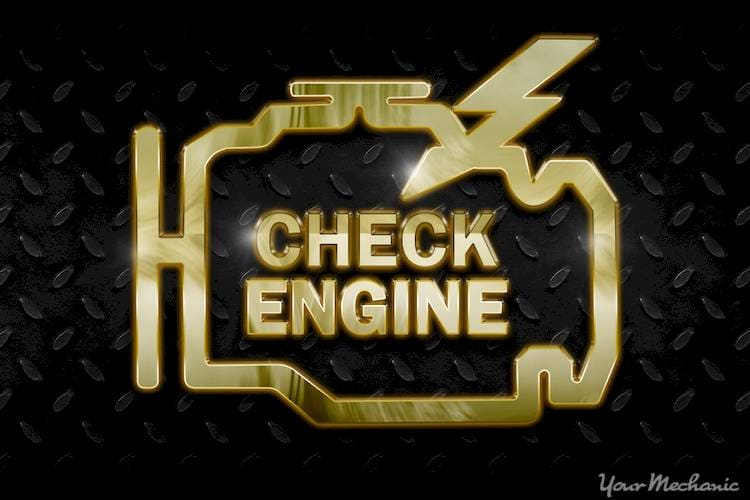

What the P3429 code means
This code indicates that there is a problem with the exhaust valve on cylinder number 4. Your vehicle’s control module detects that the measured values from the MAP sensor, MAF sensor, and TP sensor are not within the range of the calculated values for cylinder deactivation mode.
What causes the P3429 code?
There are a few potential causes for the P3429 code. One is a faulty Cylinder Deactivation Solenoid. Other issues might be that your Cylinder Deactivation Solenoid harness is shorted or open, or that your Cylinder Deactivation Solenoid circuit is suffering from a poor electrical connection.
What are the symptoms of the P3429 code?
You will probably notice that your engine light is on. If you see this, you need to investigate the problem.
How does a mechanic diagnose the P3429 code?
First, you should make sure that your engine oil pressure and levels are correct. You can use your OBD-II scanner to gather all the diagnostic trouble codes stored by the powertrain control module (PCM). Remember that if your PCM has stored other deactivation or oil pressure trouble codes, that you need to handle these first. Always work in the order that the codes appear. Next use your OBD-II to clear the trouble codes and then test the cylinder deactivation solenoid 1 by actuating it with a scan tool.
A solenoid that is in good shape will vibrate and make a tiny clicking noise. If the cylinder deactivation solenoid 1 is malfunctioning, be sure to check the oil passages for debris, and to clean the oil passages. You may also need to replace the solenoid. However, if the cylinder deactivation solenoid 1 is working well, then you will need to inspect the cylinder deactivation solenoid 7. You test this the same way: by actuating it with a scan tool. If your solenoids check out, you need to inspect the oil passages to the lifter. Clean the passages if you need to. In extreme cases, the engine block will need to be disassembled.
Common mistakes when diagnosing the P3429 code
A common mistake is to replace your wheel speed sensors, crankshaft position sensors, and camshaft. This will not necessarily solve the problem. This is why it is so important to use the proper diagnostic equipment, or to take your vehicle to a professional technician who will diagnose the problem for you.
How serious is a P3429
A P3429 is very serious and, in most instances, should be handled by a professional technician. Not only is a P3429 serious, but it is also difficult to fix, requiring that you have specialized diagnostic equipment. If you do not have this equipment your best bet may be to get to a professional technician and have him or her solve the issue for you.
What repairs can fix the P3429 code?
Depending on the specific issue, there are several repairs that can be done to fix a P3429. One is to replace your cylinder deactivation solenoid 1.
However, if this solenoid seems to be working fine, then you may need to replace your cylinder deactivation solenoid 7. You may need to clear your cylinder deactivation solenoid oil passages of debris and dirt, or clean out your lifter oil passages. In more extreme cases you will need to replace the lifters in your engine. In the worst case scenario, or if your engine is packed with debris and dirt, you will need to disassemble the entire engine and perform a thorough cleaning.
Additional comments for consideration regarding the P3429 code
A P3429 can become complicated and may require that you dissemble your vehicle’s engine, which is time consuming and complicated if you do not have the proper training. Therefore, it is important to do the proper amount of research before you begin to work. If you are thinking of doing this yourself, you might want to contact a professional technician to ask questions about the best way to solve your problem.
Need help with a P3429 code?
YourMechanic offers certified mobile mechanics who will come to your home or office to diagnose and repair your vehicle. Get a quote and book an appointment online at or speak to a service advisor at 1-800-701-6230.



